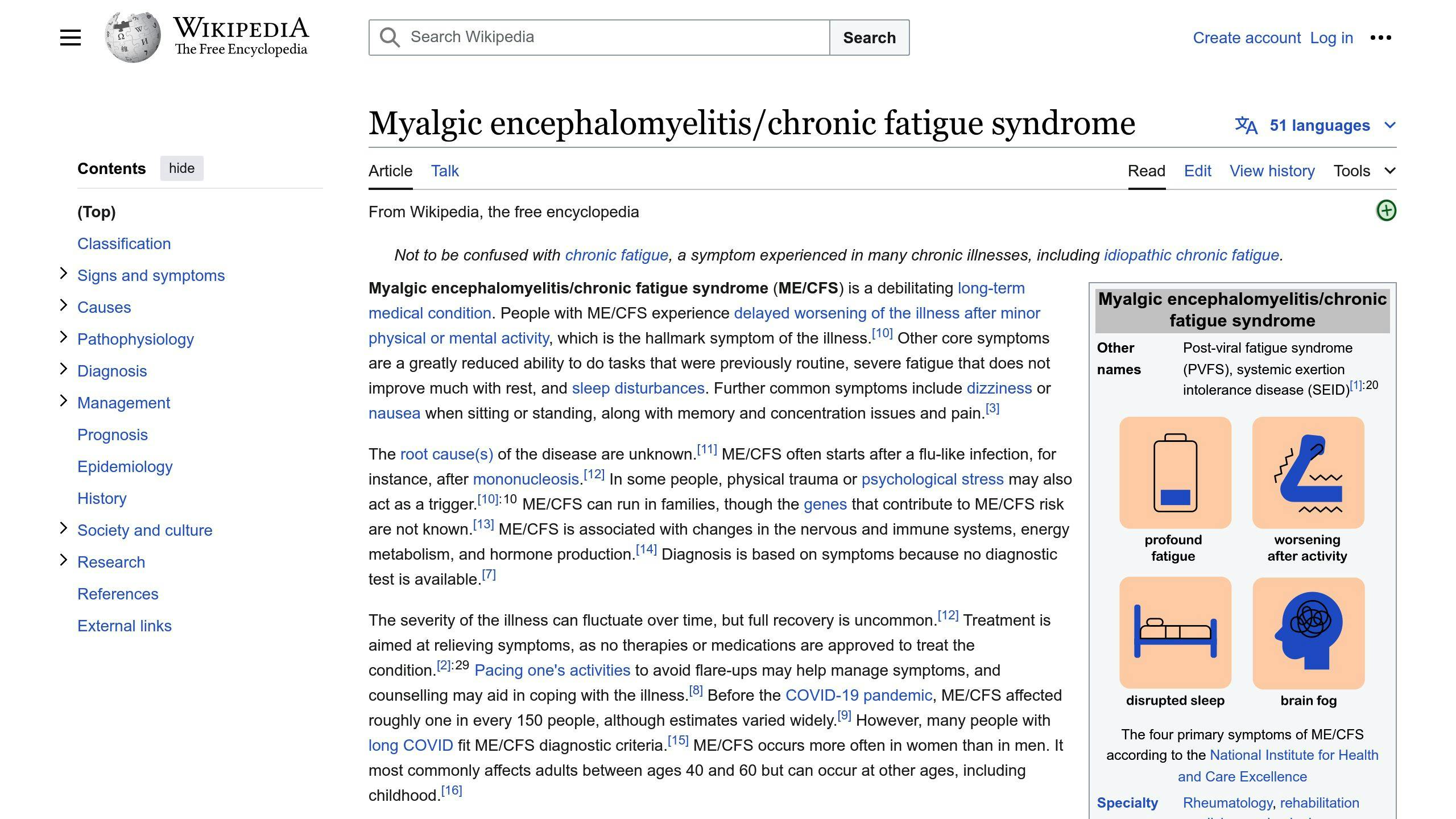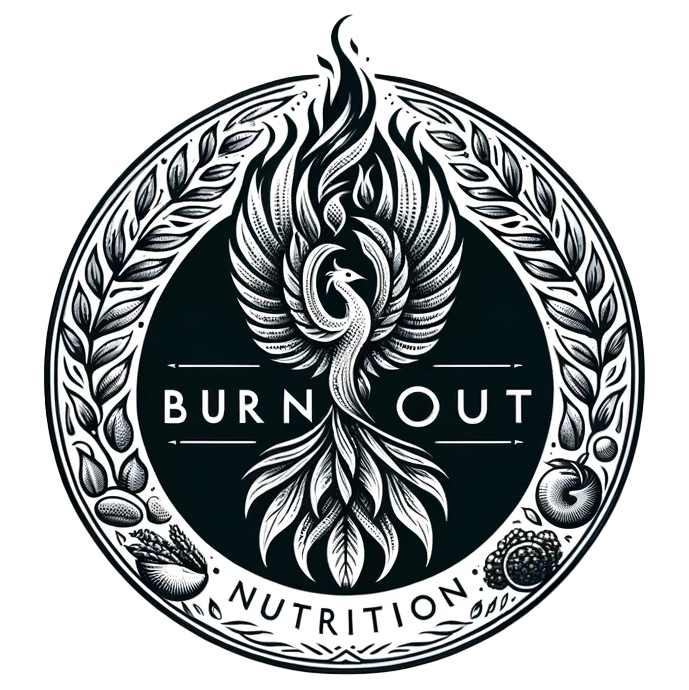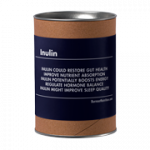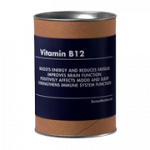For those with chronic fatigue syndrome (CFS) or myalgic encephalomyelitis (ME), heat and cold therapy can provide relief from common symptoms like muscle pain, joint discomfort, and headaches. Here’s a quick overview:
When to Use Heat Therapy
- Eases chronic muscle pain, stiffness, and spasms
- Relaxes tense muscles and improves flexibility
- Helps relieve arthritis pain, fibromyalgia, menstrual cramps, and back pain
When to Use Cold Therapy
- Reduces inflammation, swelling, and acute pain during flare-ups
- Provides relief after physical activity or exercise
- Alleviates headaches and migraines
Combining Heat and Cold Therapy
Alternating between heat and cold therapy can offer additional benefits:
- Improves blood flow and lymph fluid movement
- Relaxes and soothes muscles
- Reduces inflammation and pain
- Enhances flexibility and range of motion
| Heat Therapy | Cold Therapy |
|---|---|
| Increases blood flow | Reduces inflammation |
| Relaxes muscles | Numbs pain |
| Eases chronic pain | Relieves acute pain |
| Reduces muscle spasms | Minimizes swelling |
Always consult your doctor before trying these therapies, especially if you have underlying health conditions. Use caution and follow safety guidelines to avoid burns, skin irritation, or nerve damage.
Related video from YouTube
Heat vs. Cold Therapy
How Heat Therapy Works
Heat therapy helps by increasing blood flow to the affected area. The warmth from heat packs, heated pads, or warm baths widens blood vessels. This allows more oxygen and nutrients to reach the muscles. Improved blood flow:
- Relaxes tense, sore muscles
- Reduces muscle spasms and stiffness
- Eases cramping
Heat also triggers the release of endorphins, the body’s natural painkillers. The warmth relaxes muscles and improves flexibility, making it easier to move.
How Cold Therapy Works
Cold therapy works by narrowing blood vessels and reducing inflammation. When an ice pack or cold compress is applied, it:
- Constricts blood vessels, limiting blood flow
- Reduces swelling and inflammation
The cold temperature also numbs nerves, helping to reduce pain and discomfort. Cold therapy is effective for acute injuries or flare-ups, as it minimizes initial swelling and inflammation.
When to Use Heat Therapy
Use heat therapy for chronic pain conditions, such as:
| Condition | Description |
|---|---|
| Muscle stiffness and tension | Helps relax tense muscles |
| Arthritis pain and joint stiffness | Improves flexibility and eases joint discomfort |
| Fibromyalgia pain | Soothes widespread muscle pain |
| Menstrual cramps | Provides relief from cramping |
| Back pain and muscle spasms | Relaxes spasms and eases back discomfort |
For individuals with CFS/ME, heat therapy can help relax chronic muscle pain, stiffness, and spasms. It improves flexibility and provides relief from persistent discomfort.
When to Use Cold Therapy
Use cold therapy for acute pain and inflammation, such as:
- Recent injuries or flare-ups
- Swelling and inflammation
- Headaches and migraines
- Post-exercise muscle soreness
For those with CFS/ME, cold therapy can help manage acute flare-ups of pain, inflammation, or headaches. It also provides relief after physical activity or exercise, which can sometimes worsen symptoms.
Using Heat for CFS/ME Pain Relief

Easing Chronic Pain and Stiffness
Applying heat can help relieve chronic muscle pain and stiffness linked to CFS/ME. The warmth from heat packs, heated pads, or warm baths improves blood flow to the affected areas. This increased circulation:
- Relaxes tense, sore muscles
- Reduces muscle spasms and stiffness
- Eases cramping discomfort
For those with widespread muscle pain and stiffness due to CFS/ME, using heat can provide relief by relaxing the muscles and improving flexibility.
Relieving Muscle Spasms and Cramps
Heat therapy is particularly helpful for alleviating muscle spasms and cramps, which are common CFS/ME symptoms. The warmth from heat sources relaxes the muscles, reducing the intensity and frequency of spasms and cramps.
| Heat Therapy Benefits | Description |
|---|---|
| Muscle Relaxation | Warmth promotes relaxation |
| Improved Blood Flow | Increased circulation delivers oxygen and nutrients |
| Reduced Spasms | Heat helps prevent and ease muscle spasms |
| Cramp Relief | Warmth can alleviate cramping sensations |
For individuals with CFS/ME who experience debilitating muscle spasms or cramps, incorporating heat therapy into their pain management routine can provide significant relief.
Preparing for Exercise or Activity
Applying heat therapy before engaging in physical activity or exercise can be beneficial for individuals with CFS/ME. The warmth helps increase blood flow and prepare the muscles for movement, reducing the risk of injury or symptom exacerbation.
-
Warm-up with Heat: Use a heating pad, warm towel, or warm bath to gently warm up the muscles before exercise or activity.
-
Improve Flexibility: The increased blood flow and muscle relaxation from heat therapy can improve flexibility, making it easier to move and stretch.
-
Prevent Soreness: Warming up the muscles can help prevent post-exercise soreness and stiffness, which can be particularly problematic for those with CFS/ME.
Using Cold Therapy for CFS/ME Pain
Acute Pain and Swelling
Cold therapy helps ease acute pain and swelling linked to CFS/ME flare-ups. Applying cold packs or compresses to affected areas:
- Narrows blood vessels, reducing inflammation
- Numbs pain receptors, providing temporary relief
- Minimizes swelling and bruising
For sudden muscle pain, joint discomfort, or localized swelling, cold therapy offers quick relief by lowering the body’s inflammatory response.
After Exercise or Activity
Many with CFS/ME experience worsened symptoms after physical activity. Cold therapy can help by:
- Decreasing muscle soreness and stiffness
- Preventing further inflammation
- Reducing injury risk
Apply an ice pack or take a cool bath after exercise or activity to ease discomfort and aid recovery.
Headaches and Migraines
Headaches and migraines are common CFS/ME symptoms that cold therapy can alleviate. Applying a cold compress or ice pack to the forehead, temples, or neck can:
| Benefit | Description |
|---|---|
| Constrict Blood Vessels | Eases pressure |
| Numb Pain Receptors | Provides relief |
| Reduce Inflammation | Lessens headache pain |
For severe migraines, keeping a cold pack or frozen eye mask on hand offers quick relief when needed.
sbb-itb-cf04d29
Pros and Cons
Heat and cold therapy offer different benefits and drawbacks for managing CFS/ME pain. The table below compares the key advantages and disadvantages of each approach:
Comparison Table
| Therapy | Advantages | Drawbacks |
|---|---|---|
| Heat Therapy | – Improves blood flow and relaxes muscles – Eases chronic pain and stiffness – Helps reduce muscle spasms and cramps |
– May increase inflammation in acute injuries – Could worsen some conditions like multiple sclerosis – Risk of burns if applied incorrectly |
| Cold Therapy | – Reduces inflammation and swelling – Numbs pain receptors for temporary relief – Helps alleviate headaches and migraines – Minimizes post-exercise soreness |
– Can cause skin irritation or nerve damage – May increase muscle stiffness or spasms – Relief is temporary, pain may return |
When used properly, both heat and cold therapy can effectively manage various types of CFS/ME pain. However, it’s crucial to consider the specific condition, symptoms, and potential risks before applying either therapy.
How to Use Heat and Cold Therapy
Applying Heat Therapy
There are several ways to apply heat therapy for CFS/ME pain relief:
-
Heating Pads: Electric heating pads provide continuous dry heat to sore areas. Look for pads with adjustable heat settings and auto shut-off for safety.
-
Hot Water Bottles: Fill a bottle with warm (not boiling) water, wrap it in a towel, and apply to painful spots.
-
Warm Baths: Soaking in a warm (not hot) bath can relax muscles and ease overall body aches. Add Epsom salts or essential oils if desired.
-
Warm Compresses: Soak a clean towel or cloth in warm water, wring out excess moisture, and apply it to the painful area. Replace when it cools.
-
Heated Gel Packs: Microwave reusable gel packs according to instructions for moist heat therapy.
| Safety Tips |
|---|
| – Never apply direct heat to bare skin |
| – Avoid excessive heat that causes discomfort or burns |
| – Start with lower temperatures and gradually increase as needed |
| – Limit heat application to 15-20 minutes at a time |
Applying Cold Therapy
Cold therapy can reduce inflammation, swelling, and acute pain during CFS/ME flare-ups:
-
Ice Packs: Use reusable gel packs or homemade ice packs (frozen peas or crushed ice in a plastic bag) for 10-20 minutes at a time.
-
Cold Compresses: Soak a clean towel or cloth in cold water, wring out excess moisture, and apply it to the painful area. Replace when it warms up.
-
Cold Baths: Immersing the body in a cold (not freezing) bath can help reduce overall inflammation and muscle soreness.
-
Ice Massage: Freeze water in a paper cup, peel off the top, and use the exposed ice to gently massage the affected area in circular motions for up to 5 minutes.
| Safety Tips |
|---|
| – Never apply ice directly to bare skin |
| – Wrap ice packs or compresses in a thin towel before use |
| – Avoid prolonged exposure to extreme cold |
| – Discontinue if the area becomes numb or discolored |
Combining Heat and Cold Therapy
Alternating Benefits
Switching between heat and cold therapy can provide extra help for managing CFS/ME pain and symptoms. This combined approach offers advantages:
-
Better Blood Flow: Heat opens blood vessels for increased circulation, while cold narrows vessels to reduce swelling. Alternating creates a pumping action that improves blood and lymph fluid movement.
-
Relaxed and Soothed Muscles: Heat relaxes tight muscles and eases spasms, while cold numbs pain and reduces muscle tension or spasms.
-
Less Inflammation and Pain: Cold therapy reduces inflammation and acute pain, while heat therapy relieves chronic pain and stiffness.
-
Improved Flexibility: The combination can enhance flexibility and range of motion by alternately relaxing and contracting muscles and soft tissues.
How to Alternate
When alternating heat and cold therapy for CFS/ME pain relief, follow these steps:
-
Start with Cold: Apply cold therapy for 10-15 minutes to reduce any acute inflammation or swelling.
-
Switch to Heat: After the initial cold application, apply heat for 15-20 minutes to relax muscles and increase blood flow.
-
Repeat the Cycle: Alternate between cold and heat therapy, repeating the cycle 2-3 times or as tolerated.
-
Adjust Timing: Depending on your symptoms and response, you may need to adjust the duration of each application or the number of cycles.
-
Listen to Your Body: Stop if you experience increased pain, discomfort, or any concerning symptoms.
-
Protect Skin: Always use a barrier, such as a towel or cloth, to avoid direct contact with extreme temperatures.
-
Stay Hydrated: Drink plenty of fluids, as the alternating temperatures can cause fluid shifts in the body.
-
Consult a Professional: If you have any concerns or underlying conditions, consult your healthcare provider before attempting contrast therapy.
Alternating heat and cold therapy can be an effective way to manage CFS/ME pain and symptoms, but it’s essential to follow proper guidelines and listen to your body’s response.
| Alternating Heat and Cold Therapy |
|---|
| 1. Start with Cold (10-15 minutes) |
| 2. Switch to Heat (15-20 minutes) |
| 3. Repeat the Cycle (2-3 times) |
| 4. Adjust Timing as Needed |
| 5. Stop if Discomfort Increases |
| 6. Use a Barrier to Protect Skin |
| 7. Stay Hydrated |
| 8. Consult a Professional if Needed |
When to Talk to Your Doctor
Seek Medical Advice in These Cases
It’s wise to consult your doctor before trying heat or cold therapy for CFS/ME pain relief in certain situations:
1. Existing Health Issues
If you have any underlying medical conditions like heart disease, diabetes, poor circulation, or nerve damage, check with your doctor first. These conditions may increase risks or complications.
2. Severe or Worsening Symptoms
Seek medical attention right away if you experience intense pain, swelling, fever, or other severe or worsening symptoms. Heat or cold therapy alone may not be enough.
3. Pregnancy
Pregnant women should consult their doctor before using heat or cold therapy, as these therapies could potentially affect the developing baby or cause pregnancy complications.
4. No Improvement
If you’ve been using heat or cold therapy for a while without any improvement in your symptoms, it’s time to talk to your doctor. They may recommend alternative treatments or adjustments.
Safety Precautions
While generally safe when used correctly, there are some precautions to keep in mind:
| Heat Therapy Precautions | Cold Therapy Precautions |
|---|---|
| Avoid applying heat to areas with poor circulation or sensitivity to heat. | Avoid applying cold to areas with poor circulation or sensitivity to cold. |
| Do not use heat on open wounds or active infections. | Do not use cold on areas with impaired sensation or nerve damage. |
| Limit heat application to 20 minutes or less to prevent burns or overheating. | Limit cold application to 15-20 minutes to prevent tissue damage or frostbite. |
| Use caution if you have diabetes, multiple sclerosis, or other conditions affecting sensation or circulation. | Use caution if you have Raynaud’s phenomenon, vascular disease, or other conditions affecting circulation. |
Follow all instructions provided by your doctor or the product manufacturer. If you experience any adverse reactions, such as increased pain, swelling, or discomfort, stop using the therapy and seek medical attention immediately.
Conclusion
Key Points in Brief
- Heat therapy relaxes muscles, improves blood flow, and eases stiffness and spasms. Cold therapy reduces swelling, numbs pain, and provides relief for flare-ups or after activity.
- Applying heat before activity and cold after can aid recovery.
- Try different approaches to find what works best for your CFS/ME symptoms.
Experiment with Both Therapies
Everyone’s experience with CFS/ME is unique. So, it’s important to try both heat and cold therapy to see what helps your specific symptoms the most:
- Some may find heat more helpful for chronic pain and stiffness.
- Others may prefer cold for acute flare-ups or headaches.
Be open to trying different methods and alternating between the two therapies.
Consult Your Healthcare Provider
While generally safe when used correctly, it’s crucial to consult your healthcare provider before using heat or cold therapy, especially if you have any underlying medical conditions or concerns. They can guide you on:
| Consult Your Provider For: |
|---|
| Proper use of these therapies |
| Precautions to take |
| When to seek additional treatment options |
Your provider can give personalized advice based on your specific situation.
Related posts
- Hydration Guide for CFS/ME: Tips & Essentials
- Essential Fatty Acids for CFS/ME: Benefits & Role
- 10 Nutrition Tips to Manage Chronic Fatigue Syndrome
- Antioxidants for CFS/ME: Benefits, Diet Tips






Leave a Reply